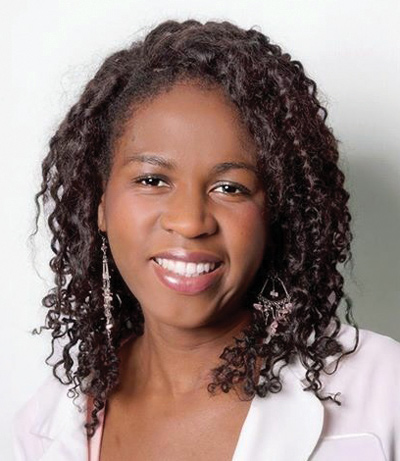 According to the National Cancer Institute, breast cancer is the second most common cancer in women after skin cancer. In fact, just over 12 percent of women are expected to be diagnosed with breast cancer at some point during their lifetime. While the statistics are daunting, there is some good news. Female breast cancer death rates are decreasing in the United States. Surgeon Judith Birungi, MD, says it is important to know that the best defense against breast cancer is early detection. Here, she shares some helpful insights about mammograms and breast exams.
According to the National Cancer Institute, breast cancer is the second most common cancer in women after skin cancer. In fact, just over 12 percent of women are expected to be diagnosed with breast cancer at some point during their lifetime. While the statistics are daunting, there is some good news. Female breast cancer death rates are decreasing in the United States. Surgeon Judith Birungi, MD, says it is important to know that the best defense against breast cancer is early detection. Here, she shares some helpful insights about mammograms and breast exams.
Q: At what age should I get my first mammogram?
The American Cancer Society® recommends that women at average risk for breast cancer should have the option to start annual breast cancer screening with mammograms between the ages of 40 – 44. At ages 45 – 54, their recommendation is that women should have a mammogram each year. After that (age 55 and over) women can switch to mammograms every two years, or can continue with annual screenings. If a woman is considered high risk, her doctor may recommend a screening mammogram or other imaging at a younger age.
Q: Are there any other methods of early detection?
I highly recommend monthly breast self-exams, starting at age 20. By doing these exams, you will learn more about your own body and what is normal for you. Periodic clinical breast exams are also a good idea, and can be done by a family physician or gynecologist who is familiar with different breast abnormalities.
Schedule a mammogram at the Breast Imaging Center at Fort Duncan Regional Medical Center.
Q: What happens if my mammogram result is abnormal?
Mammograms at the Breast Imaging Center at Fort Duncan use a low-powered X-ray to produce images of breast tissue that can detect abnormalities before they can be felt. If the result is abnormal, your doctor can order additional views that are magnified, which gives a more detailed view of the area in question. Fortunately, many lumps are not cancerous. But if your doctor has any doubt, he or she may order further testing. If they still have questions, a biopsy may be recommended to test the cells in the suspicious area.
Q: What if I need a biopsy?
A biopsy involves removing a sample of tissue from the breast. The biopsy is performed under local anesthesia with a thin biopsy needle. The biopsy is performed with image guidance (ultrasound, mammogram) or needle localized biopsy in the operating room. The sample is looked at under a microscope to determine if the cells are cancerous.

